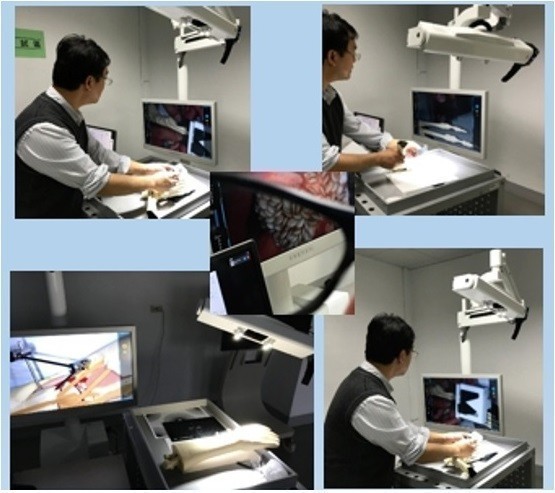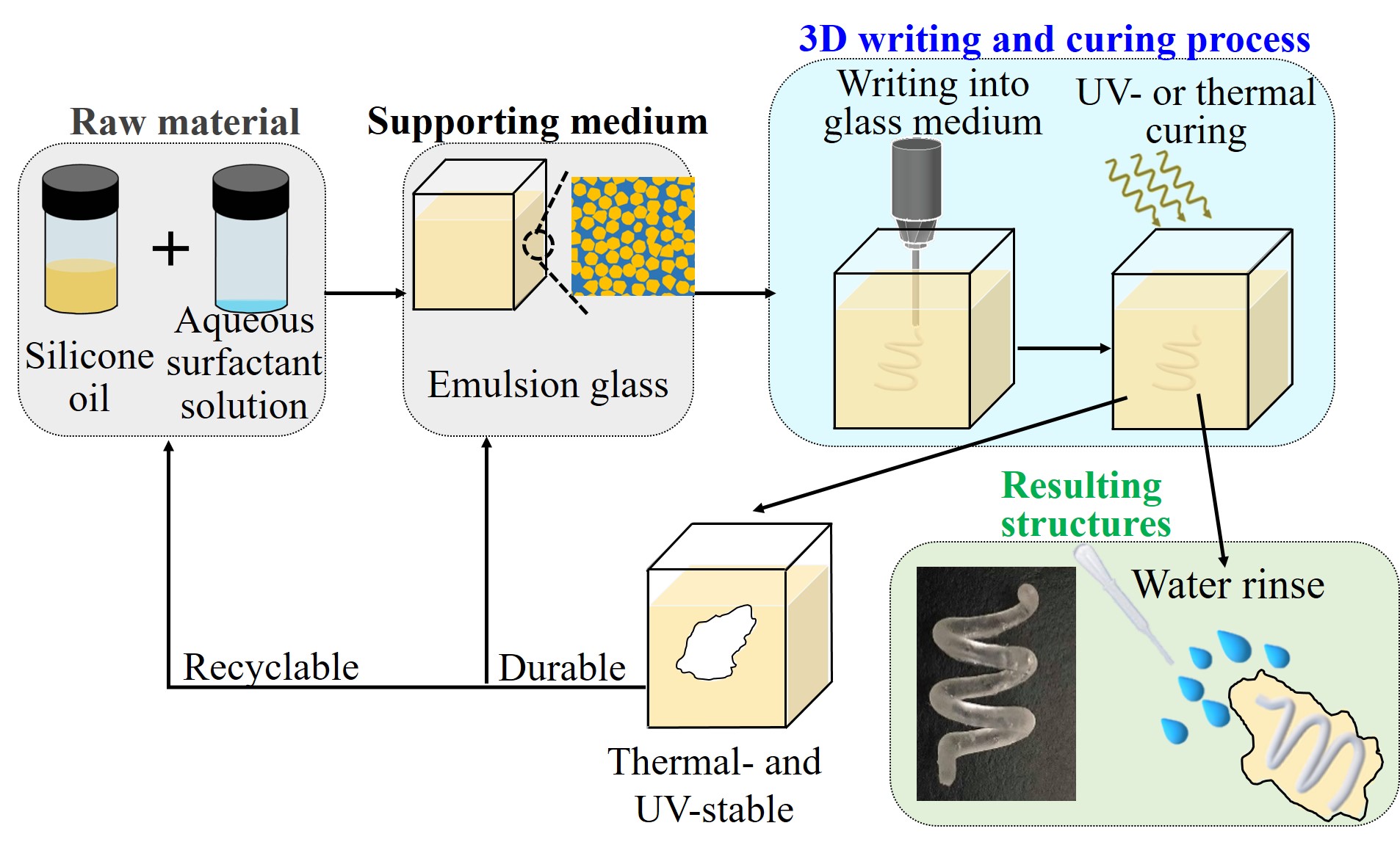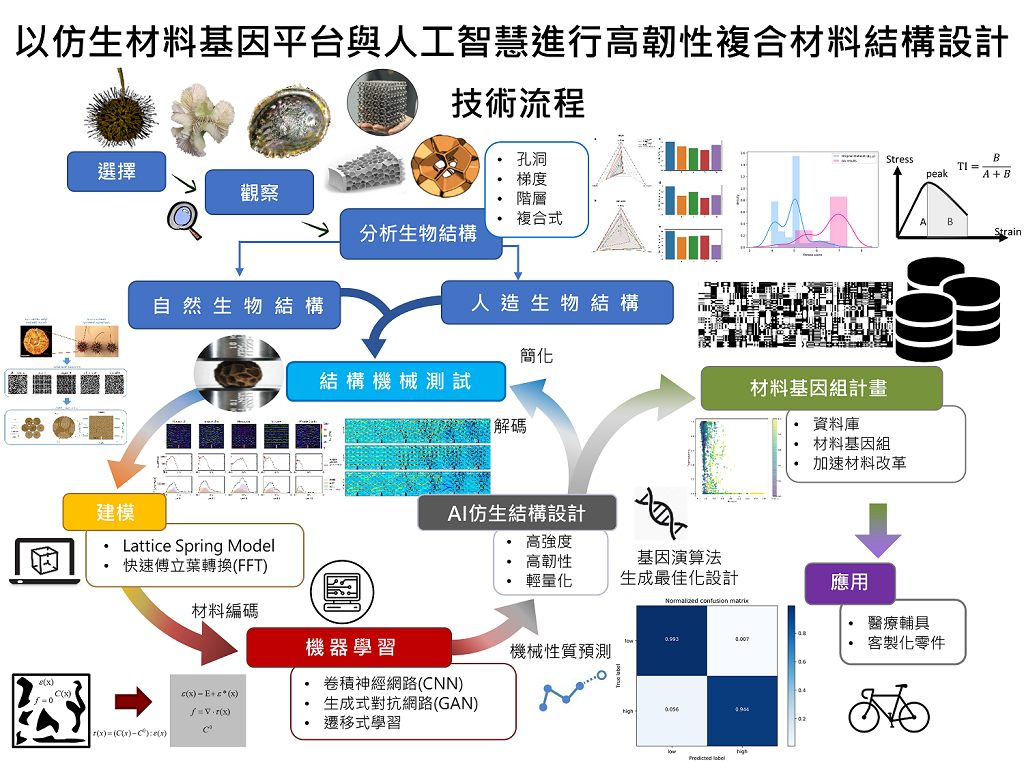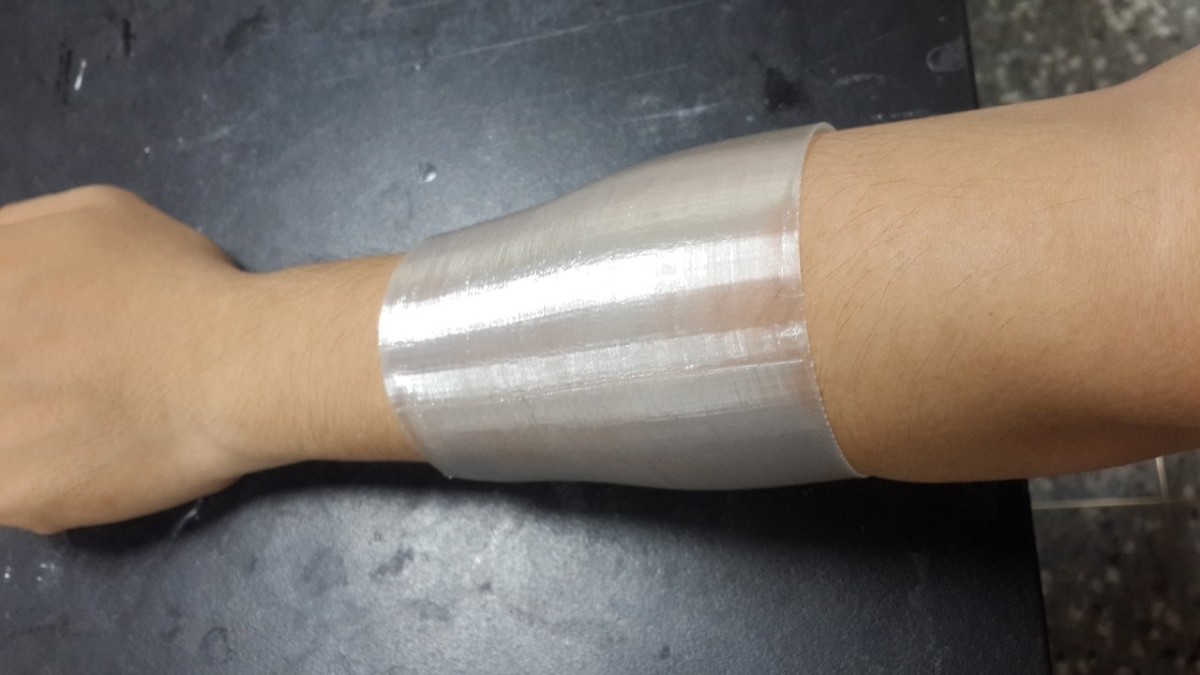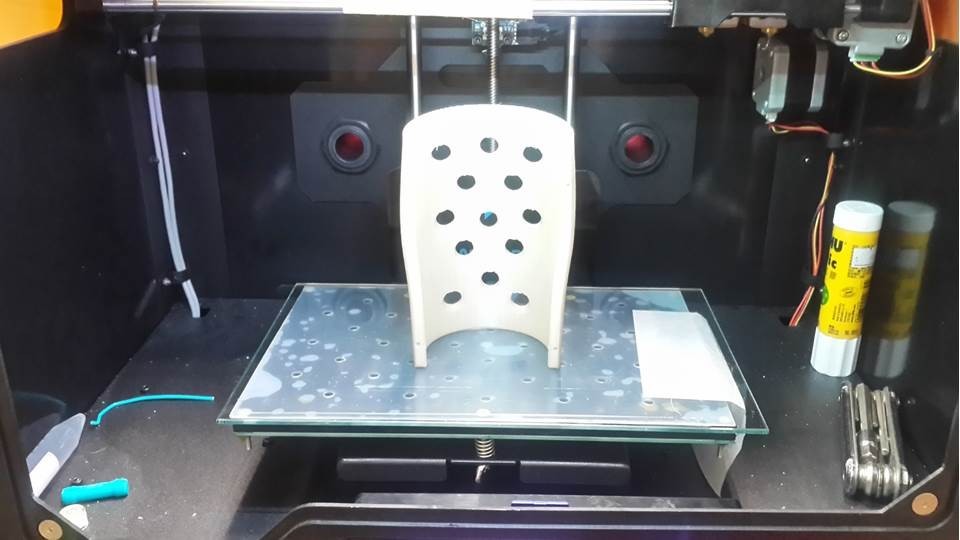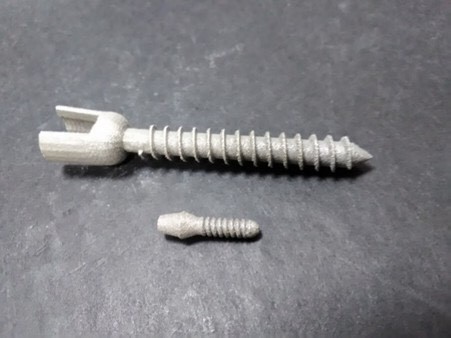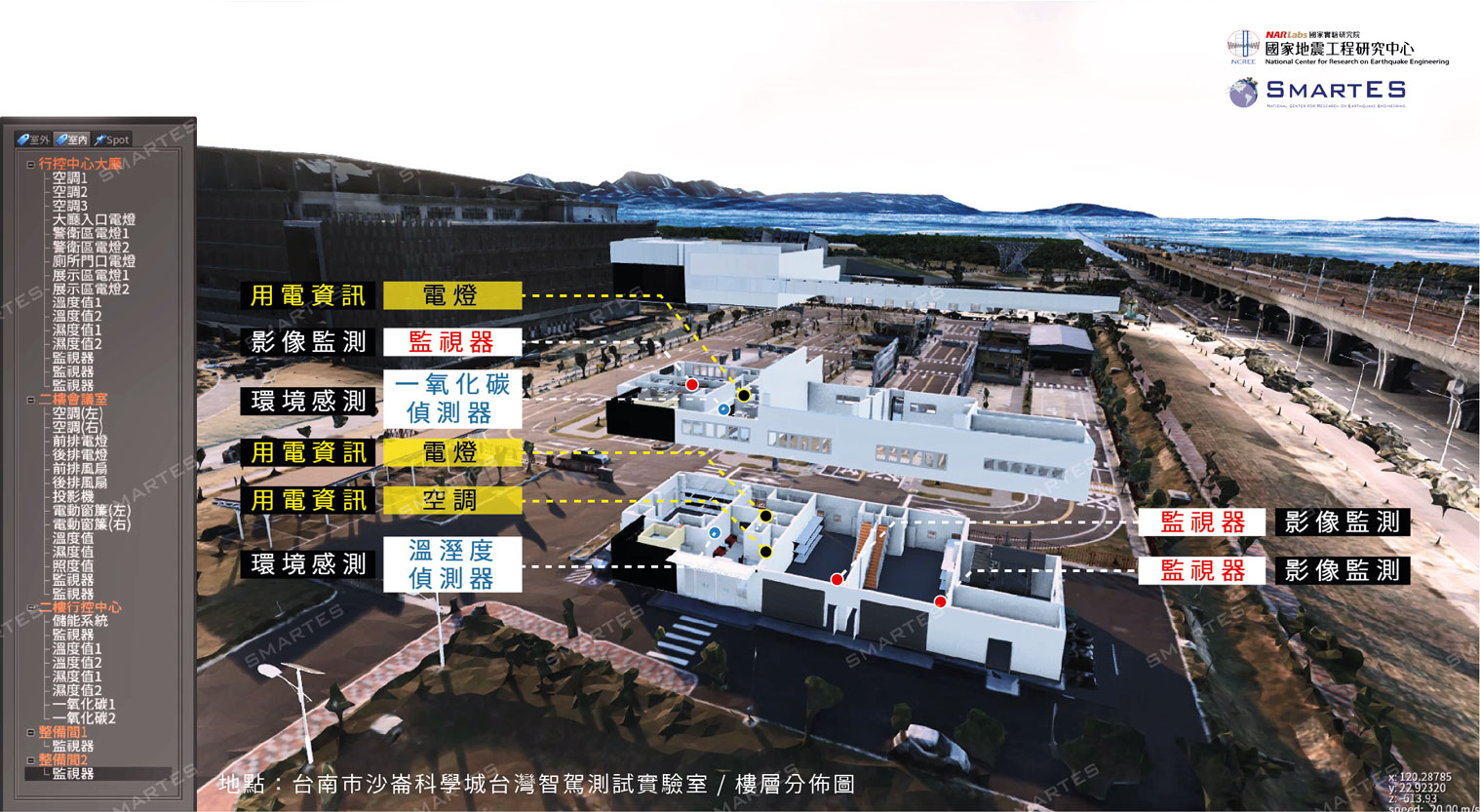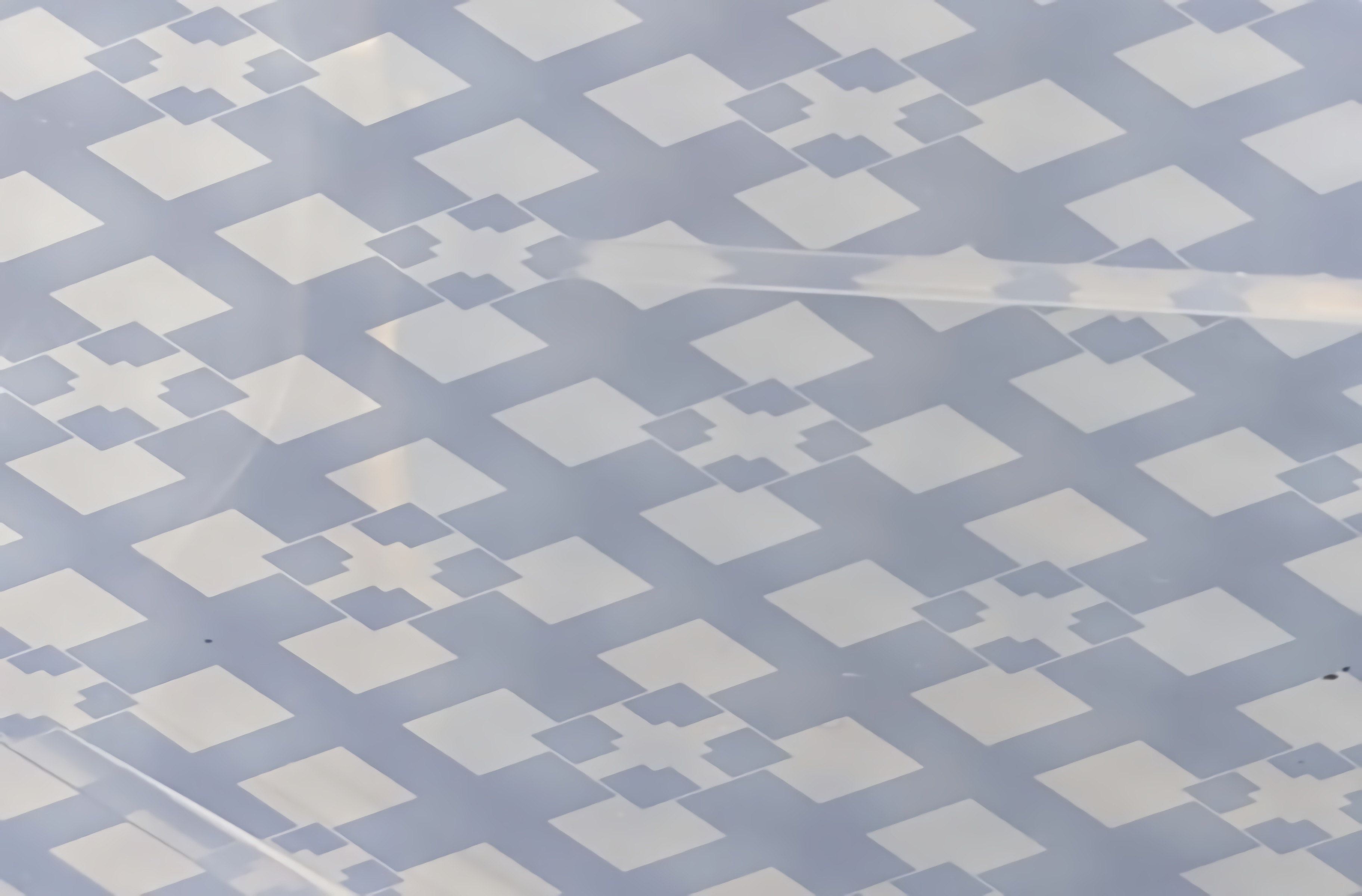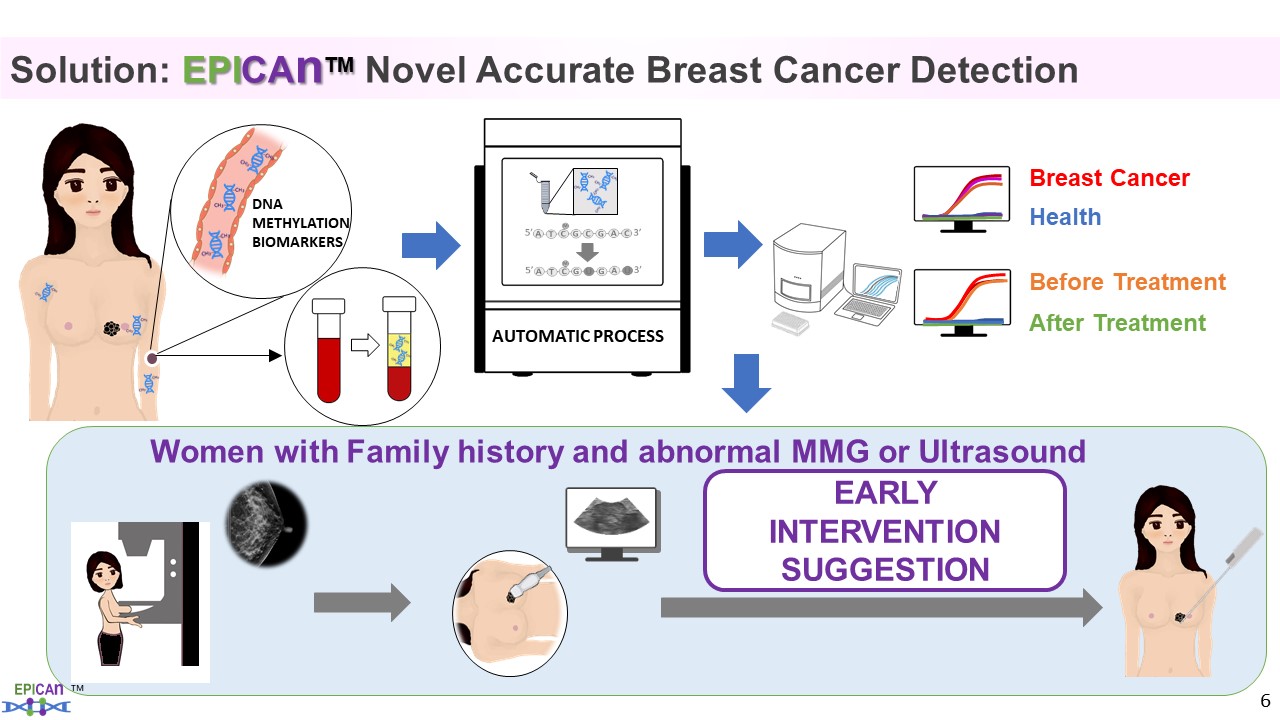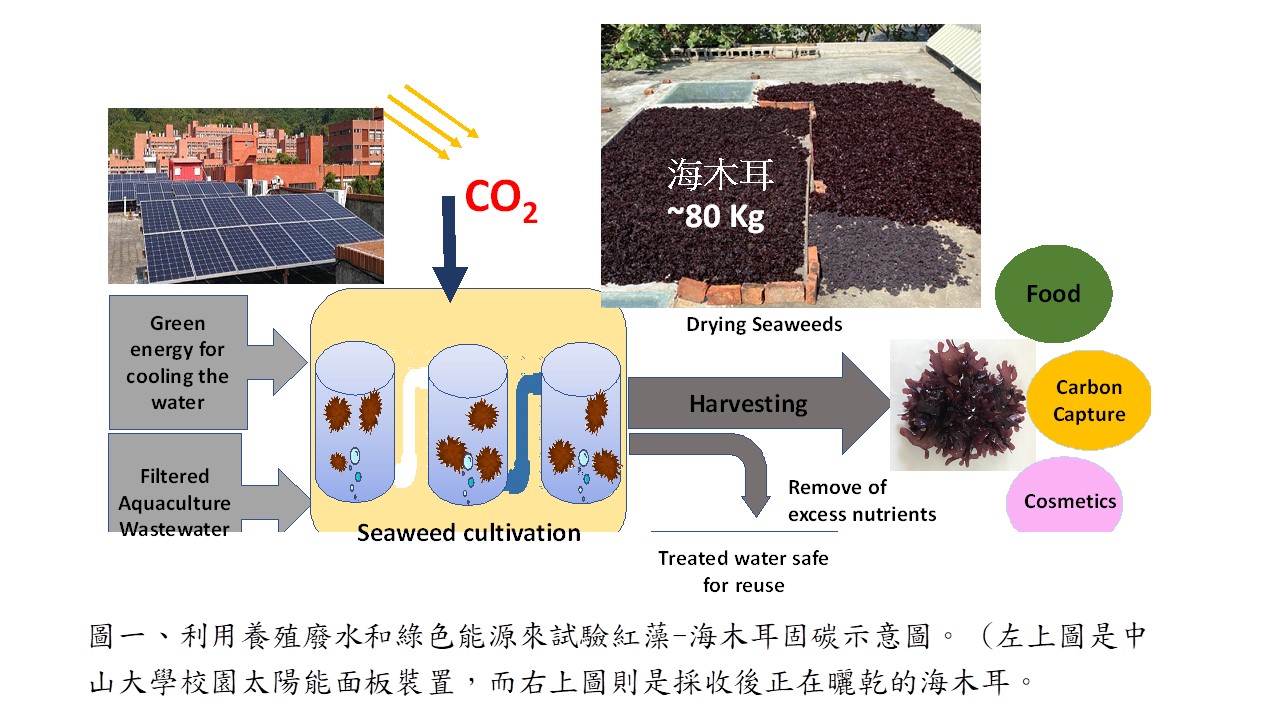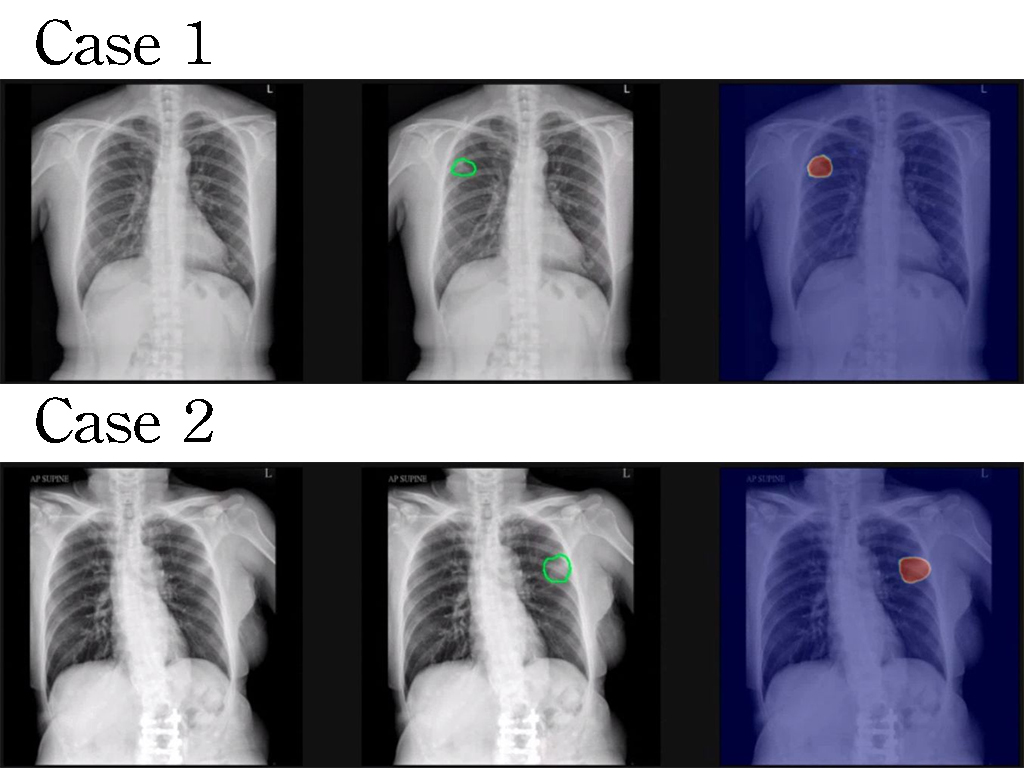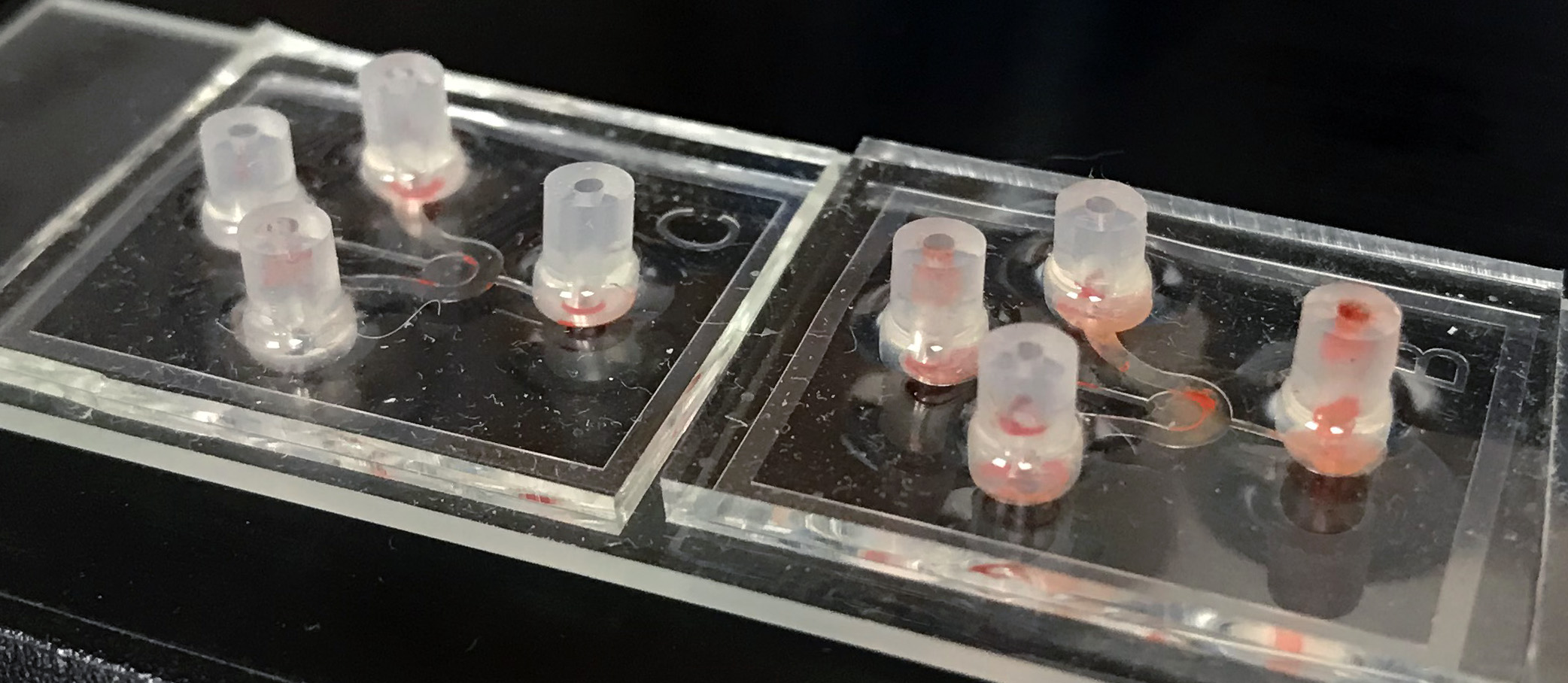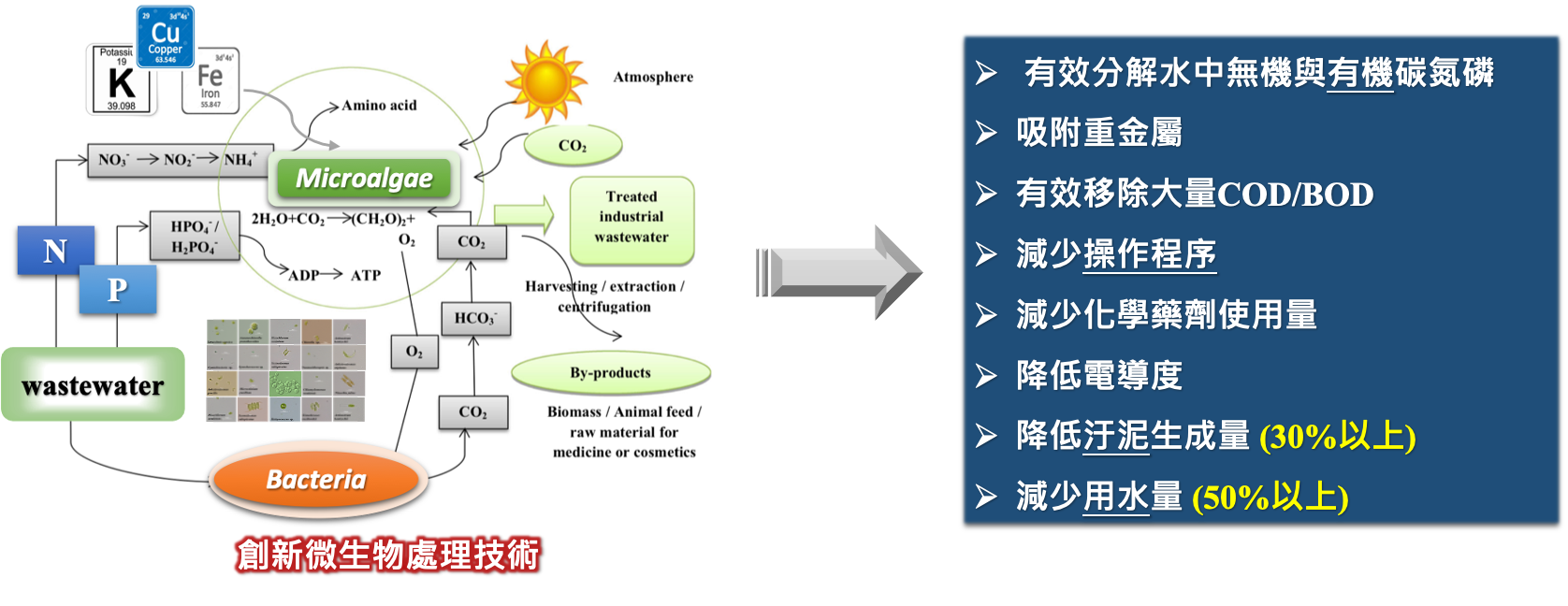| Summary |
With the rapid development of biomaterials industry, the diversity of bioactive glass (BG) is required in the world; hence, the invention of BG becomes an essential issue nowadays. In recent years, BG is the most promising candidate of bone-filling material (stents, temporary anchorage devices, etc.) due to its crucial properties inclusive of excellent biological activity, biocompatibility and biodegradability. Not only the synthesis of BG powders in various morphology but also achievement of preliminary mass production was successfully carried out by using the experimental technique with emphasis on the synthesis of BG powders. In response to the demand for market of bone substitute material, BG powders are able to be prepared from various precursors in different ratios successfully. Take dopants (magnesium, Mg and graphene oxide, GO) on BG for example, the results after modification show that Mg-doped BG has the higher biocompatibility and GO-doped BG not only generates the higher mechanical strength but increases the antibacterial effect (98.5%).
Furthermore, 3D printing technology is a manufacturing technology to produce various products based on the customization and it also can achieve high compatible and antibacterial effect. In order to expand and enlarge the applications of BG powders, BG powders are combined with 3D printing technology. In the aspect of medical treatment, the applications of 3D printing can be exploited in the field of biotechnology such as commonly artificial teeth, fracture medical supporting braces and so on. Additionally, we have been cooperating with National Chiao Tung University and Industrial Technology Research Institute to develop bioactive blass-doped Ti6Al4V pedicle screws. Based on the fact that there is a large population of patients suffering from spinal lesions. The most critical part of the spinal lesions treatment is to fasten pedicle screws to make the bones be in stable condition. According to clinical experience statistics, however, show that 25% cases appear the symptom of the fracture in pedicle screws and approximately 50% patients suffer from degenerative disc disease within two years. The above situation is mainly based on the stress masking effect which is generated by the inappropriate material and improper structural design. In order to avoid the formation of defects in the interior of ceramics, we produce the heterogeneous non-uniform implant with suitable structural strength to decrease the chance of stress shielding effect by using 3D printing technology. Also, spray dryer is equipped to provide mass production of the embryonic sample generated by spray pyrolysis. |

